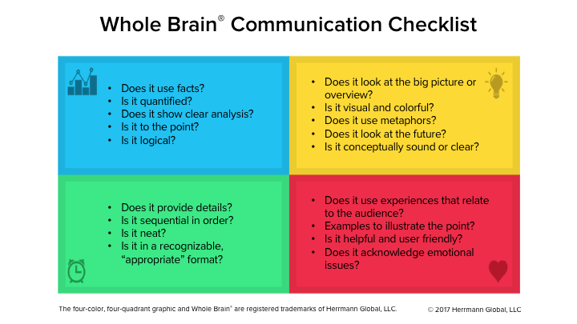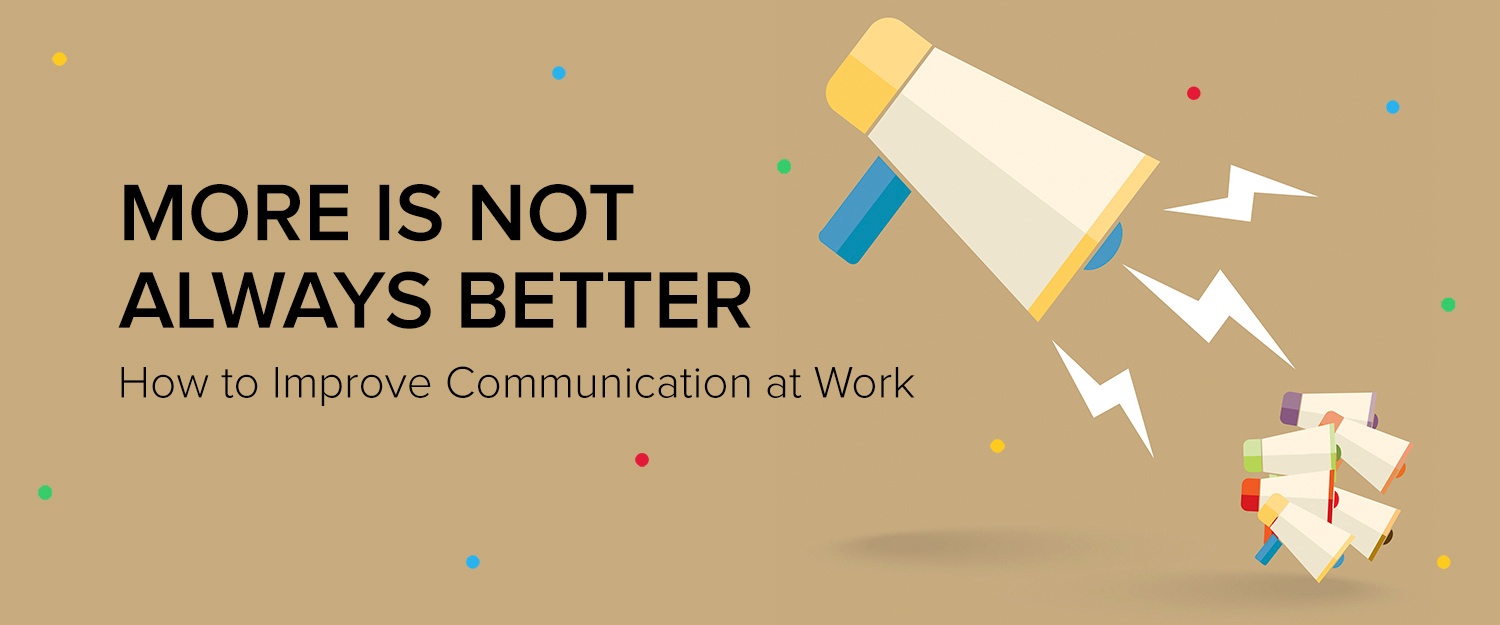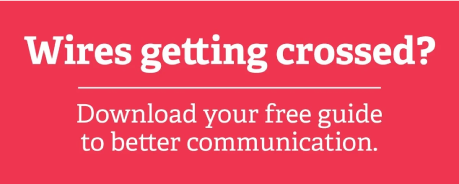No one listens! It’s one of the most common complaints across workplaces, industries, jobs, even in our personal lives. It doesn’t matter how much detail we give or how many times we say things, it seems like people keep coming back with questions about things we’ve already addressed.
So, how can you improve communications and resolve this annoying problem? One piece of advice you’ve likely heard is to over-communicate if you really want people to listen to you. Explain it again and again. Keep hammering away at it until you break through.
Have you tried that? Had any luck with it?
My guess is they’re still not listening to you.
Why Over-Communicating Doesn’t Work
The suggestion that you should over-communicate assumes that more is better. But the reason people aren’t listening to you doesn’t have anything to do with how many times you’ve said it. If anything, over-communicating is probably causing people to tune you out even more, especially when you add in all the other content and data that’s continually flooding everybody’s inboxes, browsers, phones and ears.
When people don’t listen—when the information doesn’t “stick”—it’s because their attention hasn’t been fully engaged. And while it’s not clear that attention spans really are shrinking, attention is certainly at a premium in today’s fragmented world. Context, distractions, how we process information and the way we naturally prefer to get information all play a role in whether a message gets through. As Dr. Gemma Briggs, a psychology lecturer at the Open University, puts it, “How we apply our attention to different tasks depends very much about what the individual brings to that situation.”
Of course, as a communicator, you can’t control how other people react to the information you’re delivering. But you can control how you deliver it. And by understanding how your audience processes information best and what types of communication naturally engage their attention, you can improve your communications the first time. No more explaining yourself again and again to the proverbial brick wall.
How to Improve Communication at Work with Thinking Preferences
So, what’s the best way to communicate with your audience? Information processing starts with the brain. By understanding how different people prefer to think, you can adapt your messages to improve communication with any audience, whether you’re communicating one-on-one or with a diverse group. Here are some easy ideas for engaging different thinkers.
Is your audience...
A. analytical and technical in its thinking? Get to the point, be clear and have the data ready, because they’ll want to see the facts to support your arguments. A warning: If you meander or go off-topic, they’re likely to tune you out.
B. practical, organized and detail-oriented? Go through it step by step, have your references handy, and be ready to discuss all the finer points and contingency plans. Before you communicate it verbally, communicate it in writing in advance (go with bullet points over lots of narrative) to allow for extra processing time.
C. expressive and interpersonal? Instead of dwelling on the dry, impersonal facts, engage them with stories and examples. Consider communicating it in an open forum that gives everyone the opportunity to participate, provide input and discuss concerns.
D. highly imaginative and conceptual? They’re looking for the big picture view, so don’t drown them in details. Emphasize the “why,” and get creative about it. If you really need them to pay attention, try turning it into a game or fun quiz.
More often than not, you’ll be communicating with a diverse audience, or you may not be absolutely sure what someone’s thinking preferences are. In those situations, a Whole Brain ® approach is always the best strategy. (Tip: Since most people have varying degrees of preference for more than one thinking style, we recommend using a validated assessment like the HBDI to uncover thinking preferences.)
One way to appeal to and engage a variety of thinkers is to apply the Whole Brain ® Communication Walk-Around Model to the significant points of your message. It’s a problem-solving process that forces you to review your communications in each of the four thinking quadrants.

Sign up to our newsletter for the latest insights
Remember: More isn’t always better. If people aren’t listening to you, you’re probably not communicating in a way that actually engages their attention. Thinking it through upfront will only take a small amount of your time—and you won’t have to keep repeating yourself over and over again to that brick wall.













